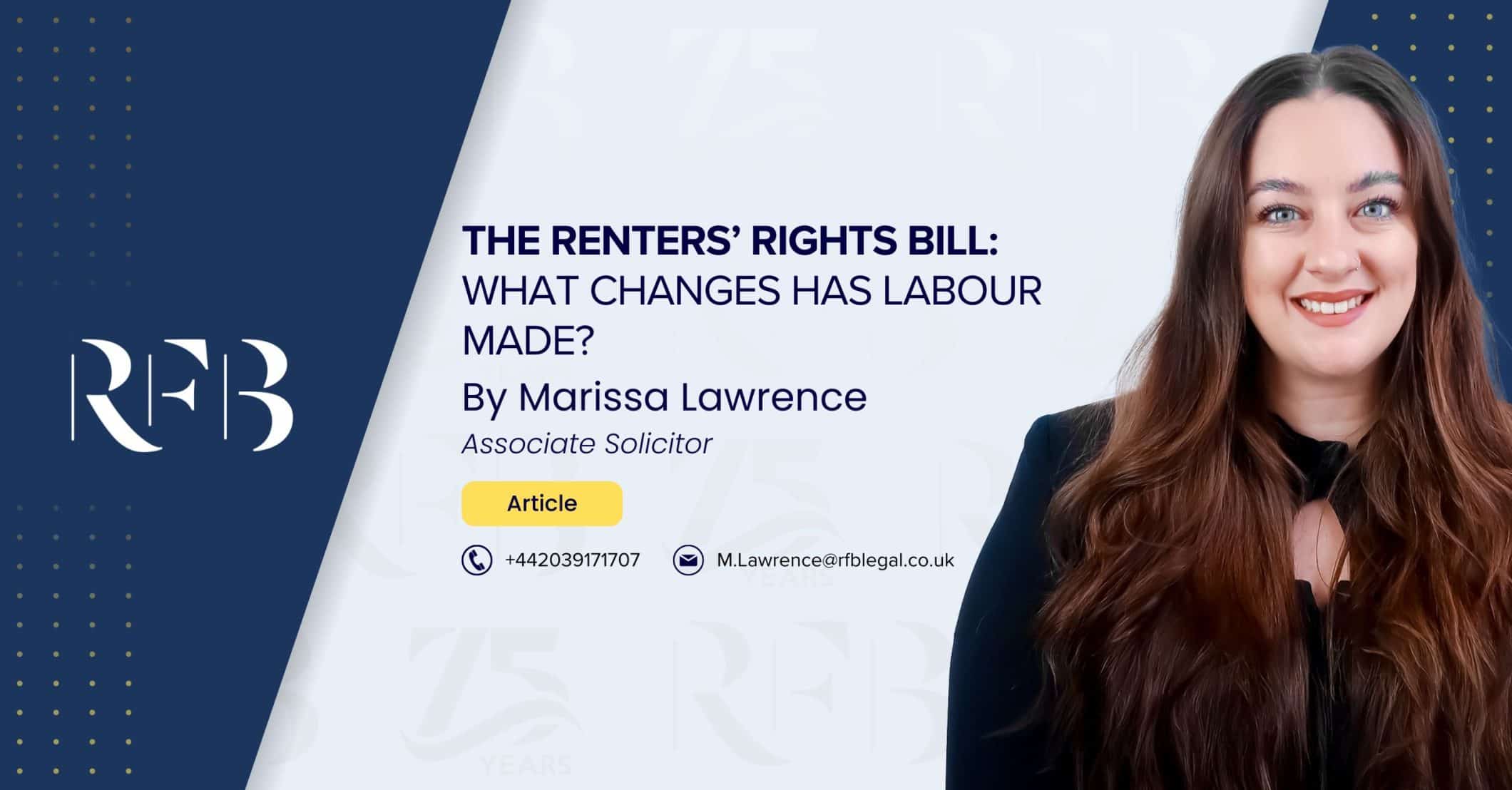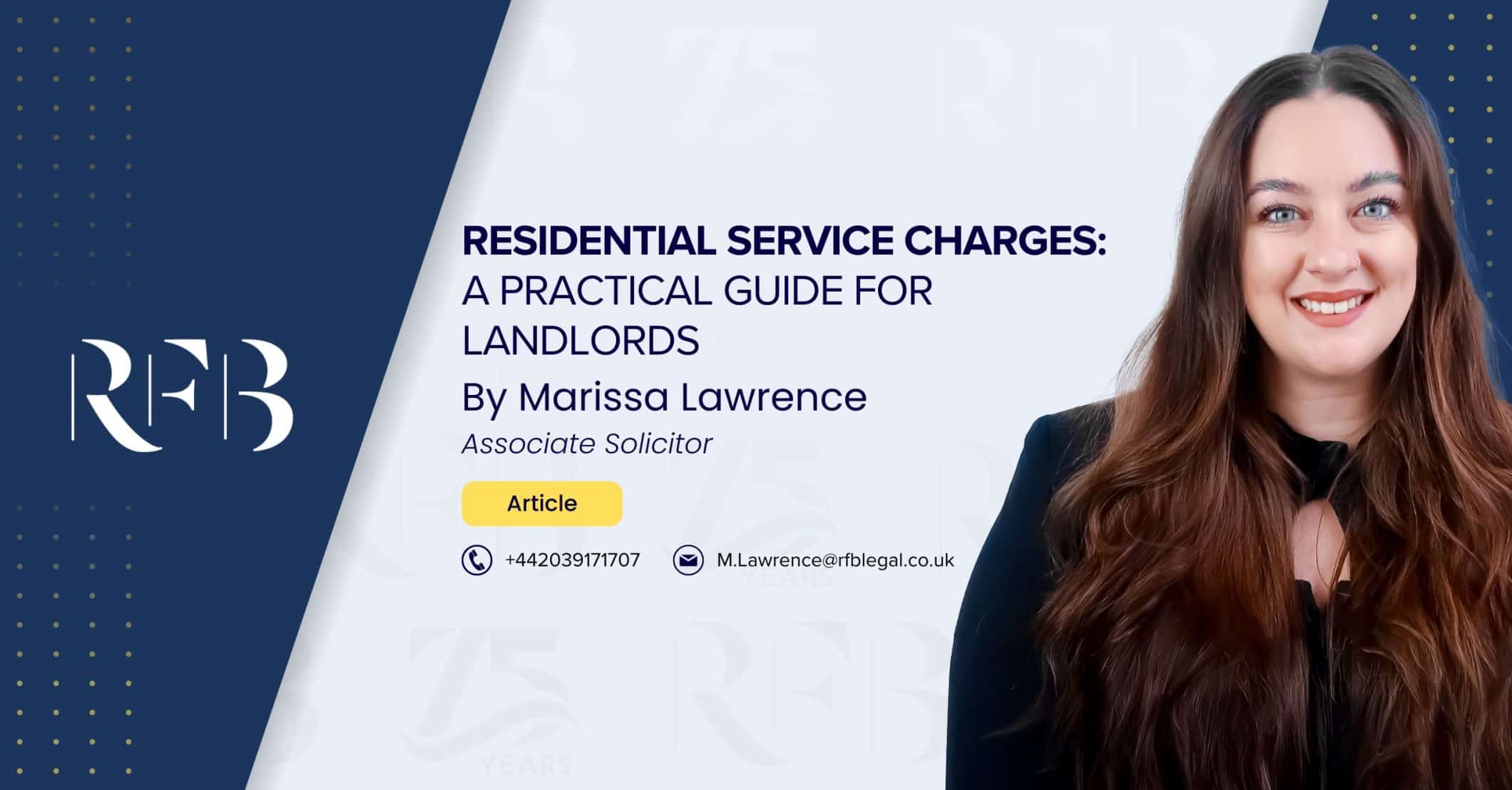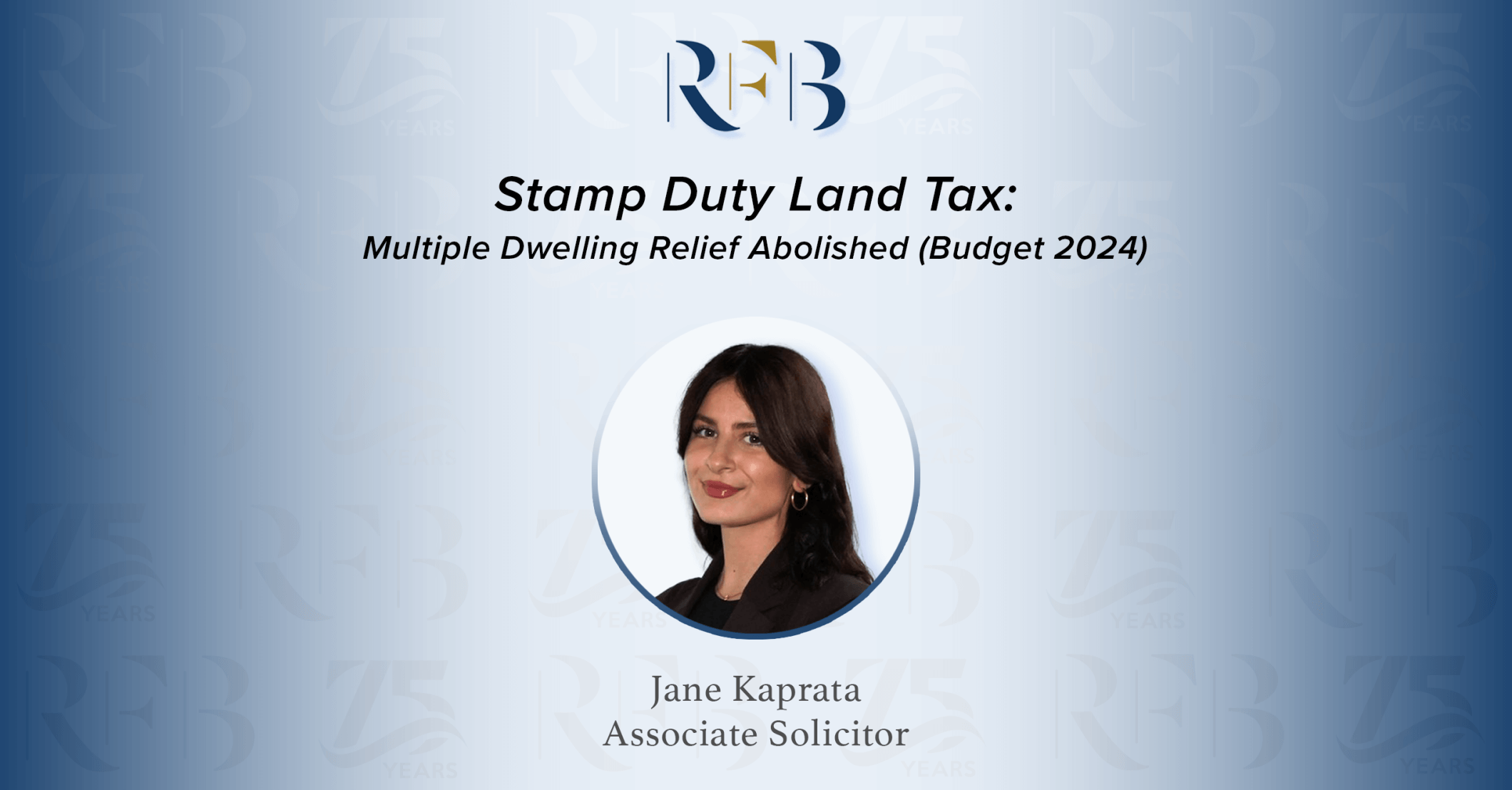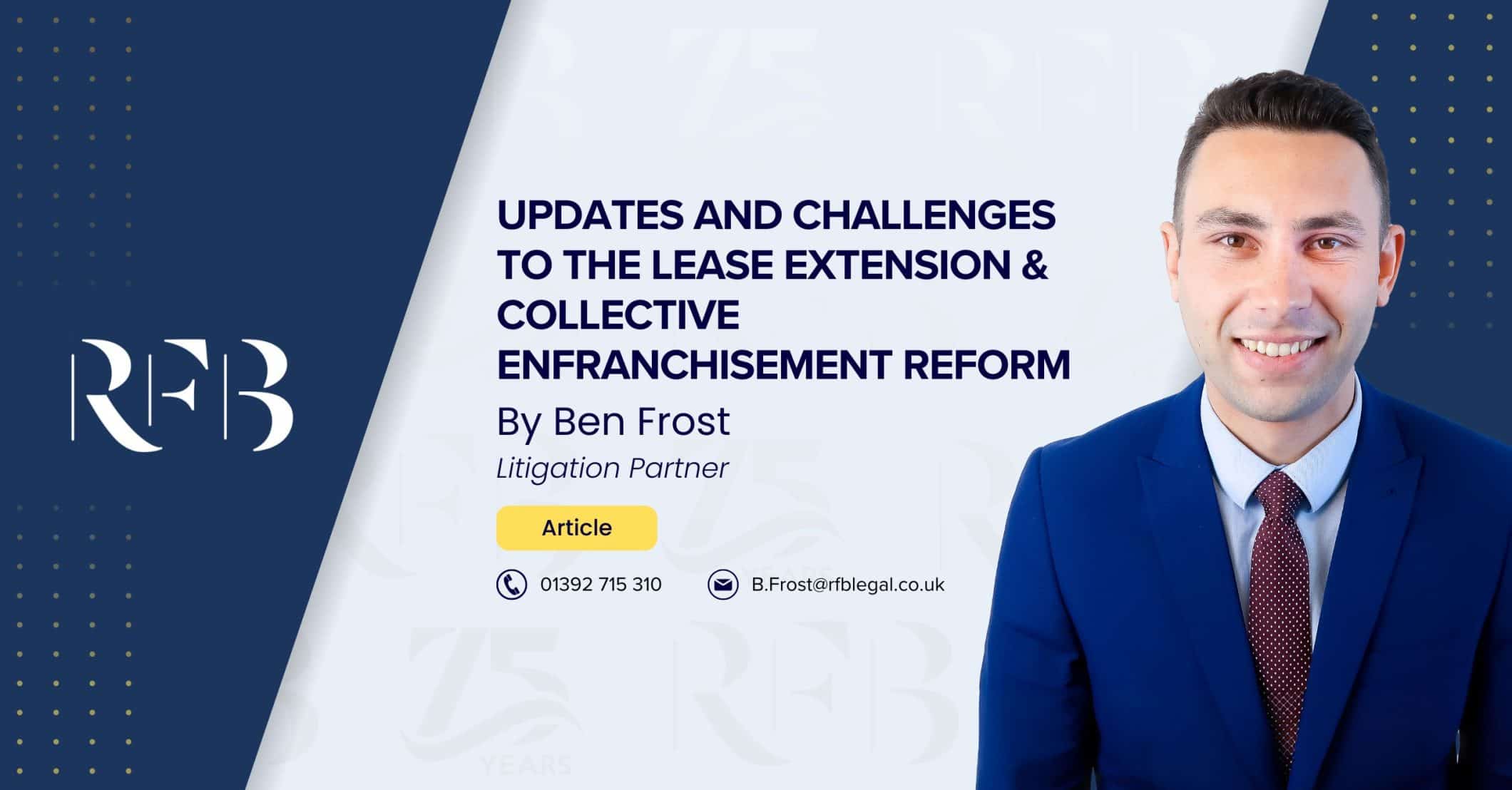In the complex world of finance, bridging loans emerge as a crucial lifeline for borrowers navigating temporary cash flow gaps. These short-term loans offer a financial cushion, allowing individuals to secure funding while waiting for a more permanent financing solution to materialise. Often utilised in property transactions, bridging loans enable buyers to seize opportunities without waiting for their current asset to sell. However, while they provide a valuable safety net, it is essential for borrowers, especially those involved in a bridging loan and defaulting borrower situation, to fully understand the implications, such as legal action, interest rates and repayment terms, as well as the legal consequences to avoid potential pitfalls. Join us as we delve into the intricacies of bridging loans and unveil how they can be a strategic tool for those in need of swift financial assistance.
Introduction to Bridging Loans
Bridging loans play a crucial role in the financial landscape, offering temporary relief to borrowers who face cash flow challenges. These loans are typically utilised to ‘bridge’ a financial gap until longer-term financing can be arranged or an asset is sold. To better understand their function, let’s explore the key characteristics and applications of bridging loans.
What Are Bridging Loans?
Bridging loans are short-term finance solutions designed to help individuals and businesses manage interim financial needs. They are often used in situations where immediate access to funds is essential, such as purchasing a new property before selling an existing one. These loans provide a stopgap measure, ensuring that opportunities are not missed due to timing issues.
Typically, bridging loans can be secured or unsecured, though many are secured against a property or other high-value asset. This security reduces risk for lenders but requires borrowers to have sufficient collateral. It’s important to note that while bridging loans offer rapid access to funds, they often come with higher interest rates than traditional loans, reflecting the added risk for lenders.
In essence, bridging loans offer a flexible solution for immediate financial needs but require careful consideration of their terms and conditions to avoid potential pitfalls.
Key Features of Bridging Loans
Bridging loans are characterised by several distinct features that make them suitable for specific financial scenarios. İlk olarak, they are designed to be short-term solutions, typically ranging from a few weeks to a year. This short duration is crucial for their role in temporary cash flow management, particularly considering the borrower’s financial situation.
İkinci olarak, the interest rates on bridging loans tend to be higher than those of longer-term financing options. This is because of the increased risk and short repayment period associated with these loans. Borrowers must be prepared for this cost when considering a bridging loan.
Finally, bridging loans often come with flexible terms, allowing borrowers to tailor the loan to their specific needs. This flexibility is one of the reasons why these loans are popular in property transactions. However, borrowers must ensure they have a clear exit strategy to repay the loan promptly.
Common Uses for Bridging Loans
Bridging loans are commonly used in various financial scenarios, particularly in the property market, including commercial property . One of the primary uses is in property chains, where buyers need to purchase a new home before selling their current one, thus avoiding any outstanding loan issues . This type of loan ensures that the buying process is not delayed by the sale of an existing property.
Another common use is for property developers who require quick access to funds for renovation or refurbishment projects. Bridging loans enable developers to secure financing quickly and complete projects efficiently.
Additionally, bridging loans can be used for business purposes, such as covering temporary cash flow shortages or financing urgent business opportunities that may require immediate repayment. In all cases, the temporary nature of the loan is key, providing a financial bridge until more permanent solutions are in place.
How Bridging Loans Work
Understanding how bridging loans function is vital for borrowers considering this form of financing. From the application process to the intricacies of interest rates and repayment structures, each aspect is crucial in ensuring the loan serves its intended purpose effectively, while also being aware of how it might be reported to credit reference agencies.
The Application Process
Applying for a bridging loan involves several key steps. First, borrowers must identify a suitable lender that offers terms aligning with their financial situation. It’s important to compare different lenders to find the most favourable rates and conditions.
Sonraki, borrowers need to provide detailed information about their financial circumstances, including income, credit history, and the purpose of the loan. Lenders assess this information to determine the borrower’s eligibility and the loan’s risk level.
Finally, an asset is often required, usually in the form of property, to secure the loan. Once all documentation is reviewed and approved, funds are typically released quickly, providing the necessary financial bridge until longer-term solutions are available.
Interest Rates and Fees
Interest rates on bridging loans are generally higher than those on traditional loans due to the short-term nature and increased risk. It’s essential for borrowers to understand the full cost of the loan, including late payment fees and any additional fees.
Common fees associated with bridging loans include arrangement fees, exit fees, and valuation fees. Arrangement fees are charged for setting up the loan, while exit fees may apply when the loan is repaid. Valuation fees cover the cost of assessing the value of the asset.
Borrowers should carefully review all terms and conditions to ensure they are fully aware of the total cost of the loan. A thorough understanding of these fees is crucial to prevent unexpected financial burdens.
Repayment Structures
Bridging loans offer various repayment structures to accommodate different financial situations. The most common structures include interest-only repayments, where borrowers pay interest during the loan term and repay the principal at the end.
Alternatively, some loans may offer rolled-up interest, where both the interest and principal are repaid at the end of the loan term. This option can be beneficial for those who anticipate receiving a lump sum in the near future, such as from a property sale.
It’s crucial for borrowers to choose a repayment structure that aligns with their financial capabilities and anticipated cash flow. A clear exit strategy is essential to ensure timely repayment and avoid financial strain.
Advantages of Bridging Loans
Bridging loans offer several advantages, making them an attractive option for borrowers in need of immediate financial solutions. Their quick access, flexible terms, and suitability for specific scenarios like property chains and development properties highlight their value.
Quick Access to Funds
One of the primary advantages of bridging loans is the quick access to funds they provide. Unlike traditional loans, which can take weeks or even months to process, bridging loans are designed for speed. This is particularly beneficial in situations where immediate financing is required.
For instance, property buyers can secure a new home without waiting for the sale of their existing property. This speed allows borrowers to seize opportunities that might otherwise be missed due to timing constraints.
The rapid access to funds is a key reason why bridging loans are a popular choice for those facing urgent financial needs, ensuring that important transactions can proceed without delay.
Flexible Loan Terms
Bridging loans offer a level of flexibility that is often not available with traditional loans. Borrowers can tailor the terms to suit their specific needs, whether they require a short-term solution or need additional time to arrange longer-term financing.
Flexibility in repayment terms allows borrowers to choose between interest-only or rolled-up interest payments, depending on their financial situation. This adaptability can be particularly useful for those with varying cash flow levels.
The ability to customise loan terms ensures that borrowers have a financial solution that aligns with their circumstances, providing peace of mind and a tailored approach to financial management.
Risks and Considerations
While bridging loans offer significant benefits, they also come with potential risks, including default provisions, that borrowers must consider. Understanding these risks, particularly in the event of default, is essential to making informed decisions and avoiding negative financial outcomes.
Potential for Default
One of the main risks associated with bridging loans is the potential for default. Due to the high interest rates and short repayment terms, borrowers may find it challenging to meet their payment obligations if their financial situation changes unexpectedly.
To mitigate this risk, borrowers should have a well-defined exit strategy in place, ensuring they can repay the loan in full by the agreed date. This might involve arranging longer-term financing or selling an asset to release funds.
Proactively addressing the risk of default can help borrowers avoid severe financial consequences and maintain control over their financial situation.
High Costs and Fees
Bridging loans come with higher costs compared to traditional loans. The interest rates, coupled with additional fees, can add up quickly, creating a significant financial burden for borrowers.
Understanding the full cost of a bridging loan, including arrangement, exit, and valuation fees, is crucial. Borrowers must ensure they can afford these expenses and that the benefits of the loan outweigh the costs.
Careful financial planning and a thorough examination of all fees are essential to avoid unexpected financial strain and ensure that the loan remains a viable solution.
Çıkış Stratejileri
Having a clear exit strategy is vital when taking out a bridging loan. Without a plan to repay the loan, borrowers risk defaulting, which can lead to legal proceedings and significant financial repercussions.
Potential exit strategies include selling an asset and securing longer-term financing. It’s important to consider various options, including securing future financing, and choose the one that best aligns with the borrower’s financial goals and capabilities.
A well-defined exit strategy ensures that borrowers can repay the loan on time, maintaining financial stability and avoiding adverse consequences.
Conclusion and Final Thoughts
As we conclude our exploration of bridging loans, it’s essential to consider whether this financial tool, including unregulated bridging loans, is the right choice for your specific needs. By weighing the benefits against the risks, including having a strong exit strategy borrowers can determine the best course of action for their financial situation.
Is a Bridging Loan Right for You?
Determining whether a bridging loan is suitable requires a thorough assessment of your financial circumstances. Consider your immediate financial needs, the availability of assets, and your ability to repay the loan within the agreed timeframe.
Weigh the advantages of quick access to funds and flexible terms against the high costs and potential risks. If the benefits align with your goals, your credit rating is adequate, and you have a clear exit strategy, a bridging loan could be an effective solution.
Ultimately, careful consideration and planning are key to ensuring that a bridging loan serves as a beneficial financial tool rather than a burden.
Alternatives to Bridging Loans
For those who find that bridging loans may not be the most suitable option, several alternatives can provide the necessary financial support. These include:
- Personal loans: Lower interest rates but longer processing times.
- Equity release: Utilising property value to access funds.
- Credit lines: Flexible borrowing limits with varying interest rates.
Each alternative has its own benefits and drawbacks. Evaluating these options alongside bridging loans can help you find the most appropriate solution for your financial needs.











